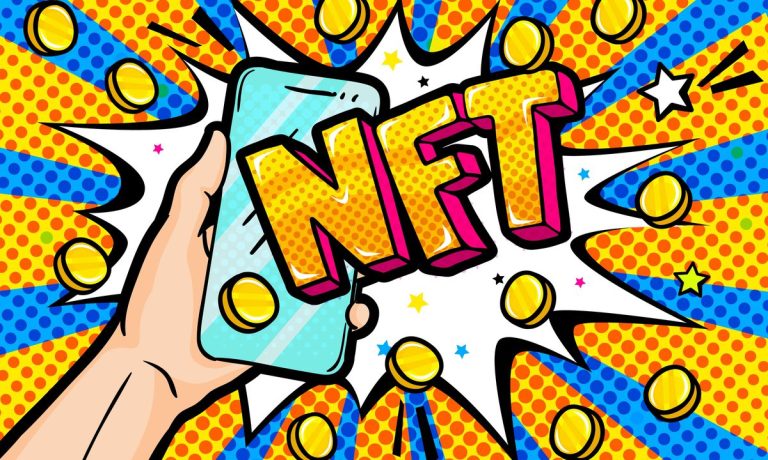
NFTs, art, commerce and people who pay way, way too much for sneakers and handbags are getting ready to clash in a lower Manhattan courthouse as Nike and Hermès have launched trademark infringement lawsuits over cryptocurrency tokens carrying images of their products.
It’s the opening salvo in an area of trademark and intellectual property law that — if metaverse hype becomes a reality — is destined to have whole firms dedicated to stopping everything from artists’ use of luxury goods in unflattering social justice art to “block market” Louis Vuitton handbag knockoffs peddled on digital blankets laid out on the streets of Decentraland, The Sandbox and possibly even Mark Zuckerberg’s Meta-verse virtual reality worlds.
NFT fashion accessories are an early hit among non-fungible token (NFT) collectors and metaverse denizens. Aside from being collectors’ items in and of themselves, they can often be attached to metaverse avatars, turning the digital version of oneself into a fashion plate or making a statement about their status as a serious sneakerhead.
But the lawsuits and IP complaints are not limited to clothing and accessory makers.
In December, digital artist Lois van Baarle went on a Twitter rampage, accusing top NFT marketplace OpenSea of allowing more than 100 of her works to be minted into NFTs and put up for sale. That month, well-known comic artist Liam Sharp, who has drawn for DC Comics, shut down his online gallery because people were using it to mint and sell NFTs of his works.
See also: PYMNTS NFT Series: From Famous Artists to Forgers, the Art World Embraces NFTs
Is it Art or a Knockoff?
It’s hard for a New Yorker who worked near Macy’s for many years to read about Hermès suing artist Mason Rothschild trademark violation for his line of “MetaBirkins” without seeing a blanket on the sidewalk covered with Gucci, Louis Vuitton and other luxury handbags with a vendor hawking “$10 each, three for $25.”
The original “Baby Birkin” depicted one of the famous and famously expensive Birkin bags with a fetus in its belly passed without complaint, even when it got big press for selling for $23,500.
But in December, Rothschild launched a line of MetaBirkins that was, according to Vogue Business, “was too far for the French luxury brand.” It sent a cease-and-desist order and filed suit in federal court.
He responded with an open letter refusing to take the collection down, saying, “while I am sorry if you were insulted by my art, as an artist, I will not apologize for creating it,” and claiming First Amendment protection.
Not only are more of these lawsuits coming, but they also presage a wave of trademark filings by brands, Anthony Lupo, chair of the law firm Arent Fox, told Vogue.
Lupo, whose firm specializes in fashion and technology, and has clients including Diane von Furstenberg, Saint Laurent, Valentino, Balenciaga and Alexander McQueen, said “any brand should be filing for its trademark in the metaverse right now. All of my clients are.”
Nike Kicks Back
In Nike’s case, it’s at least fairly straightforward: StockX, an online sneaker reseller, has been selling NFT receipts of highly desirable, limited-edition Nikes that include an image of the sneaker in question.
Nike, which has been an early entrant in the fashion NFT collectible market, is claiming that it and the still-fledgling broadly have become “a virtual playground for infringers to usurp the goodwill of some of the most famous trademarks in the world and use those trademarks without authorization to market their virtual products and generate ill-gotten profits.”
While StockX hasn’t replied, it has at least an argument that the NFTs’ images are fair use as they are just a digital representation of a physical product the holder owns. The NFTs act as receipts and proof of ownership of a physical pair of shoes in its climate-controlled warehouse. Redeeming the sneakers in person requires relinquishing the NFT, which is then “burned” by being sent to a wallet that cannot send them out again.
If that’s sounding vaguely familiar, it’s because artist Damien Hirst — famous for his ‘90s-era sharks floating in formaldehyde — has been selling a series of artworks in which the buyer can choose either a physical work or an NFT, with the other burned.
It’s noteworthy that the actual offending image is not and cannot be destroyed in both cases as it already exists on a blockchain and is publicly viewable. Something Nike acknowledges by demanding custody of the offending NFTs.